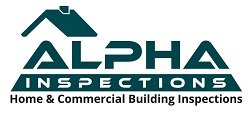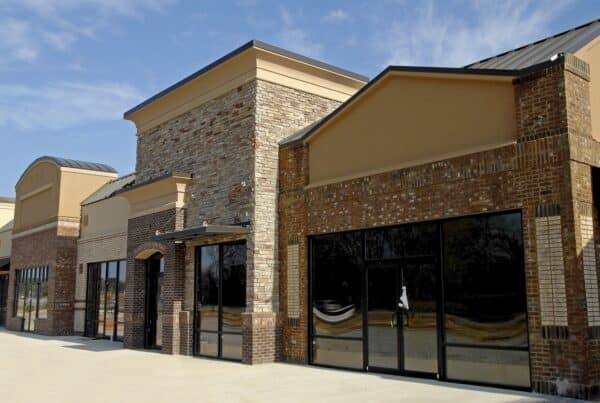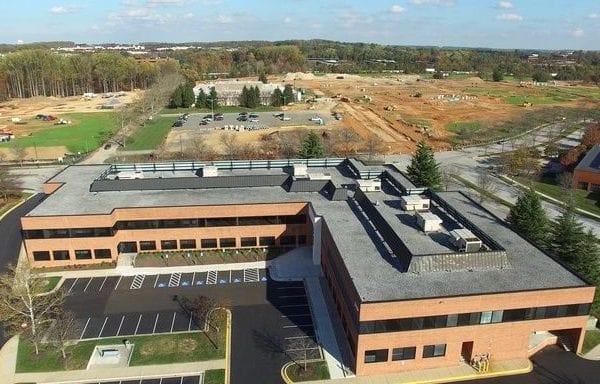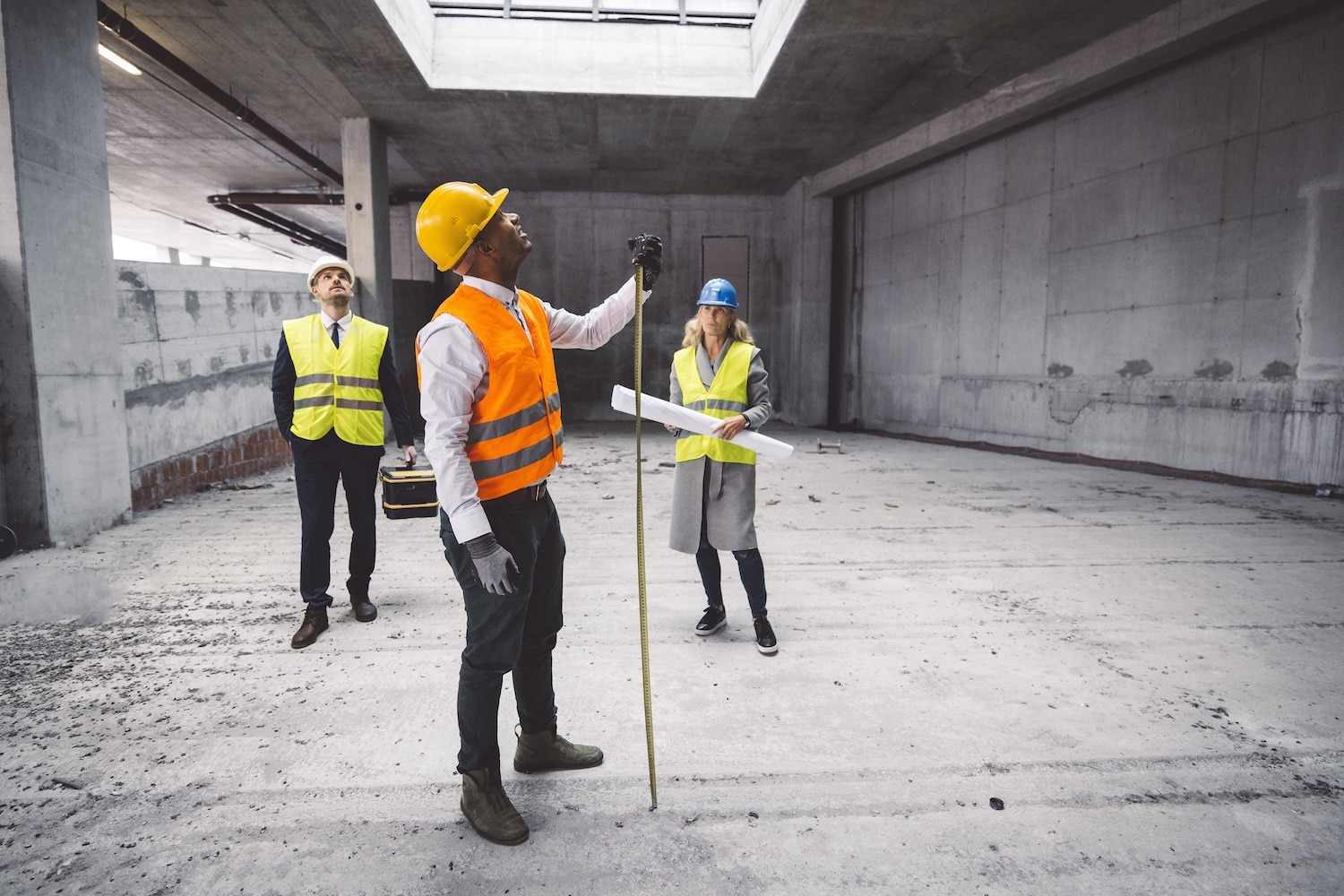
Some of the biggest environmental risks or a property—like historical hazards—can stay out of sight until they become expensive problems. That’s one way a Phase 1 Environmental Site Assessment (ESA) comes into buying commercial property.
Before a deal is closed, investors and lenders should know what they’re getting into. A Phase 1 ESA helps spot and organize potential environmental concerns that could impact property value, financing, or future development plans. So, what exactly does a Phase 1 ESA uncover? This guide breaks down what inspectors look for, how the process works, and more.
What is an Environmental Site Assessment?
Phase 1 of this type of assessment is a research-based investigation that evaluates a property’s environmental history and potential risks.
It’s a critical part of due diligence in commercial real estate, often required by lenders before approving financing. Unlike a Phase 2 ESA, which involves testing soil and water for contamination, a Phase 1 ESA focuses on gathering existing information.
According to the EPA, environmental assessments must be overseen by an environmental professional, which may include a licensed geologist, engineer or site professional.
Inspectors look at records, conduct site visits, and interview relevant parties to determine if environmental issues might exist. If concerns are found, further investigation may be recommended.
What a Phase 1 ESA Should Identify
A Phase 1 ESA helps uncover risks that aren’t always visible. Some of the key issues it evaluates:
- Past contamination – Former industrial sites, gas stations, dry cleaners, and similar properties may have left behind hazardous materials.
- Regulatory concerns – Past environmental violations, any fines, or ongoing remediation efforts that could affect the property.
- Nearby hazards – Contamination from adjacent properties, groundwater pollution, or exposure to hazardous chemicals.
- Visible red flags – Signs of spills, chemical storage, or deteriorating infrastructure that could lead to contamination.
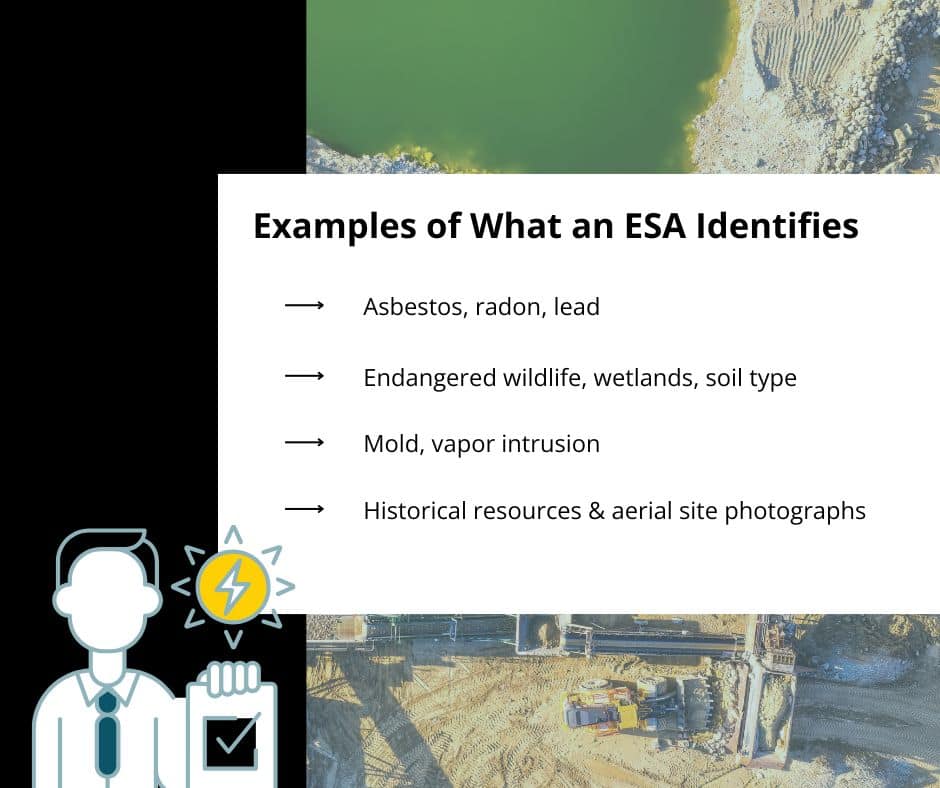
How is a Phase 1 ESA Conducted?
Inspectors follow a structured process to gather as much information as possible about the property’s environmental history. The assessment typically includes several steps, broken down methodically to make sure nothing goes unnoticed.
- Records review – Examining property deeds, historical maps, aerial images, and regulatory databases for signs of past environmental risks.
- Site inspection – Walking the property to look for signs of contamination, such as chemical stains, underground storage tanks, or suspicious odors.
- Interviews – Speaking with property owners, tenants, and local officials to gather information on past land use and any known environmental issues.
- Findings report – Compiling the results into a detailed report outlining any recognized environmental conditions (RECs) and potential next steps.
What Happens if Red Flags Are Found?
If no concerns are found, the report will state that no further action is necessary. When a Phase 1 ESA identifies potential environmental risks, buyers will have options, but some common next steps include:
- Phase 2 ESA testing – If contamination is suspected, soil, water, or air testing can confirm the extent of the issue.
- Negotiating the deal – Buyers may request remediation from the seller, adjust the price, or require additional guarantees before closing.
- Assessing legal and financial risks – Some environmental concerns come with regulatory responsibilities, which could affect future property use or costs.
While a red flag doesn’t always mean a deal is off the table, it’s important to fully understand the risks and weigh the options before moving forward.
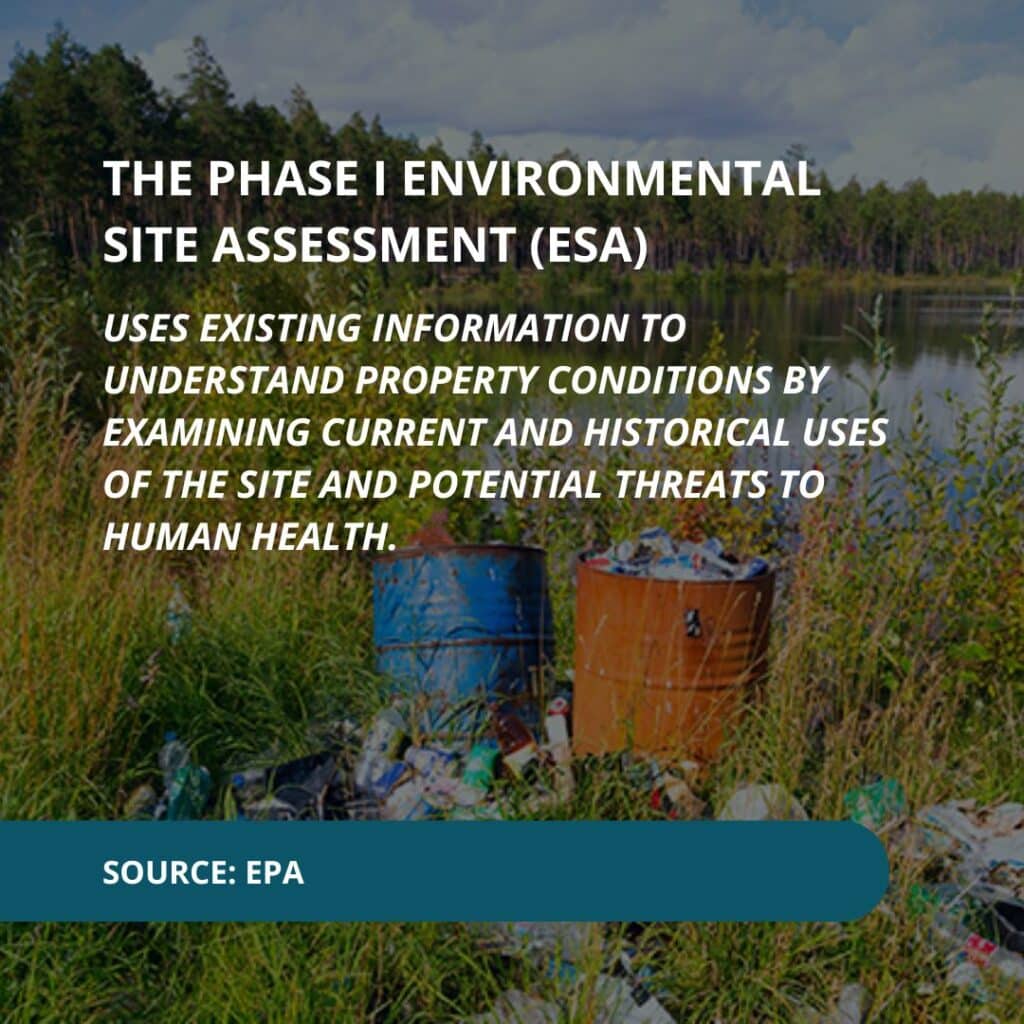
What Goes Along with an ESA as Smart Due Diligence?
A Phase 1 ESA helps prevent costly surprises, but it’s also just one part of a smart due diligence strategy. Other key evaluations in commercial real estate include:
- Commercial building inspections – Checking structural integrity, roofing, HVAC systems, and electrical components to ensure the property is in good condition.
- Routine property maintenance evaluations – Identifying drainage issues, mold risks, or indoor air quality concerns that could impact long-term property value.
- Compliance checks – Making sure the property meets local and federal environmental regulations to avoid potential fines or legal issues.
Combined, these evaluations provide a well-rounded view of the property’s condition and potential risks, covering the rear ends of every party involved.
When to Call a Professional
A Phase 1 ESA is recommended for any commercial property purchase, especially if the site has a history of industrial use, underground storage tanks, or nearby contamination risks.
Even when not required, an ESA can offer great insights and prevent unforeseen liabilities. Working with a qualified inspector ensures the assessment is thorough and accurate.
A professional can also help interpret the findings and guide buyers through any necessary next steps.
Conclusion
A Phase 1 Environmental Site Assessment is a critical step in commercial real estate, helping buyers and investors uncover potential risks before closing a deal. Identifying environmental concerns early can save time, money, and legal trouble down the road.
Alpha Building Inspections provides commercial, residential, and phase 1 ESA services to help you make informed, confident property decisions—call today to book your inspection and check this off your list.
